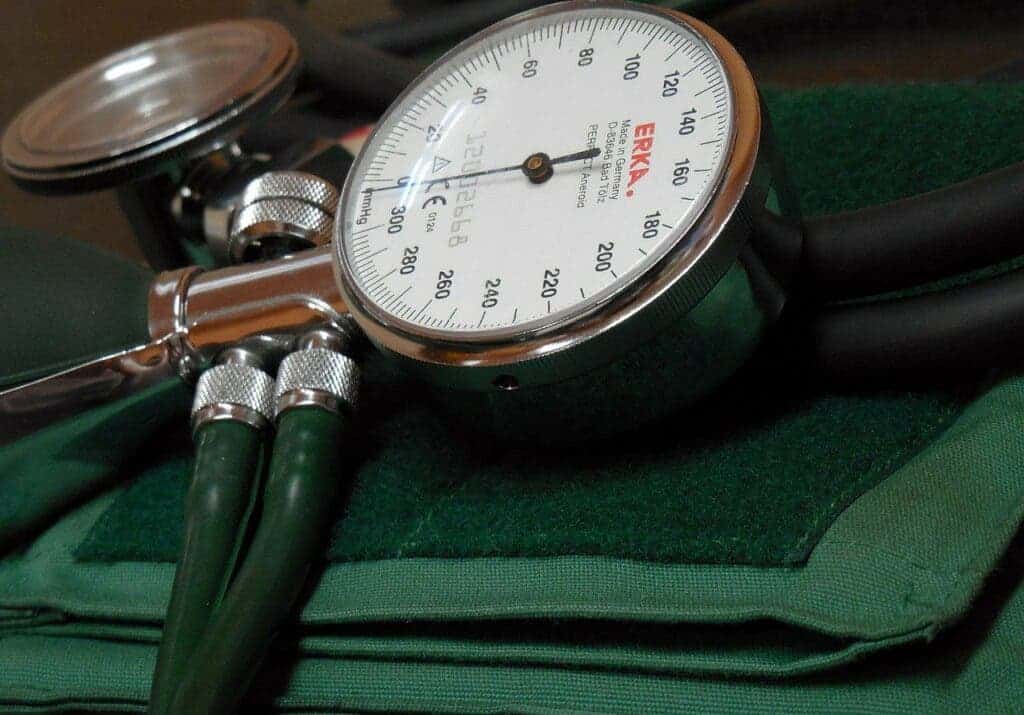Measuring your blood pressure has never been easier, as researchers have developed a temporary tattoo that can keep tabs on this value.

Researchers at the University of Texas at Austin and Texas A&M University have developed a wearable device that attaches to the skin of the wrist and can be comfortably worn for up to 24 hours at a time. While it is being worn, the device — an ‘electronic tattoo’ — continuously monitors blood pressure with very good accuracy.
Such a device can help more accurately and easily screen for potential health issues, and help provide patients that are suffering from serious heart issues with better treatments. The team says their device is most likely a stepping stone towards the wide-scale implementation of blood pressure monitoring devices that do not require something like a cuff or armband to be worn.
On-the-go monitoring
“Blood pressure is an important metric,” said study co-author Roozbeh Jafari, a professor of biomedical engineering at Texas A&M, for The Daily Beast. “It gives us a holistic view of the entire cardiovascular system. But if you want to measure it, just one or a few measurements a day isn’t enough, and cuff-based solutions are inconvenient, uncomfortable, and impractical.”
Because cuffed devices often become uncomfortable to wear, and other monitoring products such as smartwatches tend to move around the wrist too much to provide accurate data, a more reliable device is needed. The team’s electronic tattoo comes to address that need, the team explains.
Working with graphene, a material similar to the graphite rods inside pencils, the team created an electrically-conductive ink that can be used to create a circuit directly over a patient’s arteries at their wrists. The ink is very durable and incredibly thin — in essence, once applied, it is pretty much the same thing as a tattoo.
For application, the ink is first printed on a piece of paper. This is then placed over the desired spot, dabbed with a few drops of water, and the paper removed after a few seconds. The ink is thus transferred to the skin.
“We have these circuits that we need to connect to the skin to get the information about the blood pressure,” Kaan Sel, an electrical and computer engineering researcher at Texas A&M and co-author of the study. “The tattoo is the interface. Once the tattoos are transferred, it gives that reliable and long-term connection with the skin.”
This tattooed circuit sends a weak electrical current into the skin, allowing it to detect changes in the artery’s volume. The data is then sent to a small box of electronics that connects to a computer, where it is interpreted to obtain measurements of blood pressure.
So far, the tattooable device is still in the prototype stage. However, the team is hard at work adapting it to be used with common devices such as smartwatches, which would allow them to be used by a much wider range of people. They explain that such a system would be a massive improvement over our current smartwatch monitoring systems, which rely on an optical sensor. Optical sensors are far less reliable, being influenced by the color of a user’s skin, and less accurate in their readings.
In the future, the same technology can also be used to gather data on “muscle contractions, hydration, tissue composition changes, or even breathing,” Sel explains.
The paper “Continuous cuffless monitoring of arterial blood pressure via graphene bioimpedance tattoos” has been published in the journal Nature Nanotechnology.









